Renal colic is a sudden pain in the back on the side or in the lower abdomen, which gradually spreads throughout the body. There is an opinion that a man who has at least once had renal colic, with great respect and trepidation belong to women who experience such pains during childbirth. The causes of renal colic can be very different, but in any case, it is important to help and stop the pain syndrome on time.
Content
- What is renal colic
- The causes of renal colic
- Symptoms of renal colic
- Diagnostics for renal colic
- Features of renal colic in children
- Features of renal colic during pregnancy
- Providing first aid for renal colic
- Treatment of renal colic with medical drugs
- Treatment of renal colic with folk remedies
- Prevention of renal colic
There may be renal colic in women, men, children, these pain in pregnant women are especially acutely manifested, which are followed by close observation in order to prevent the appearance of renal colic syndrome.
In this article, we consider the features of the manifestation of seizures of renal colic, note the main causes and symptoms of this disease. We will describe in more detail the stages of first aid for renal colic and methods of treating renal colic at home using medications and folk remedies.
What is renal colic
Pain can be of a different nature, it can appear suddenly or step smoothly, with a gradual increase in intensity. With renal colic, pain occurs suddenly, they are sharp cutting. The renal colic is not a separate disease, according to doctors, these attacks become a signal for the appearance of problems with the urinary system or pelvic organs. At its core, renal colic is a syndrome that accompanies urinary diseases of various etymology.
Most often, renal colic arise in case of violation of the cross -country ability. Doctors distinguish several signs of sudden pain. First of all, renal colic with kidney stones and urinary tract are associated, this can also include the accumulation of pus or mucus, as well as blood clots. Unbearable acute pain is caused after a freely moving stone enters the narrow passage of the ureter and clogs it. This exerts pressure on the renal pelvis, blood circulation in the kidney is disturbed and urine is impossible.
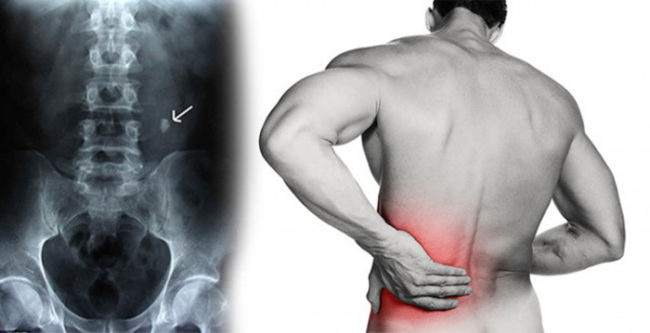
Acute pain in renal colic can be localized in various parts of the body, after which it spreads throughout the human body.
- The lower back pain appears if the stone from the kidney hit the uric canal or in the renal pelvis. This can be brought in acute renal colic.
- Strong pain in the groin can be caused by the fact that there was a blockage in the ureter itself.
- Renal colic can occur in the lower abdomen or in the rectum. In this case, there is an acute desire to go to the toilet, which causes terrible pain.
In medicine, renal colic can be two main types:
- Unilateral renal colic. It is characterized by the fact that painful sensations appear on only one side, i.e. In the area of \u200b\u200bone kidney. In this regard, left -sided renal colic and right -sided colic is distinguished.
- Double -sided renal colic. In this case, the pathology is diagnosed in two kidneys and is accompanied by sharp cutting pain throughout the lower back.
It is worth noting that with a sudden renal colic, it is simply impossible to find a convenient body position to relieve symptoms and signs of the syndrome. In a sitting position, lying, in the pose of the embryo, bent over, the pain syndrome will not pass anyway. The pain always occurs suddenly and incomprehensible from what, the duration of pain and attack can be different, it is worth fear if the pain syndrome lasts a very long time. In this case, the help of a medical worker or independent administration of drugs is always required.
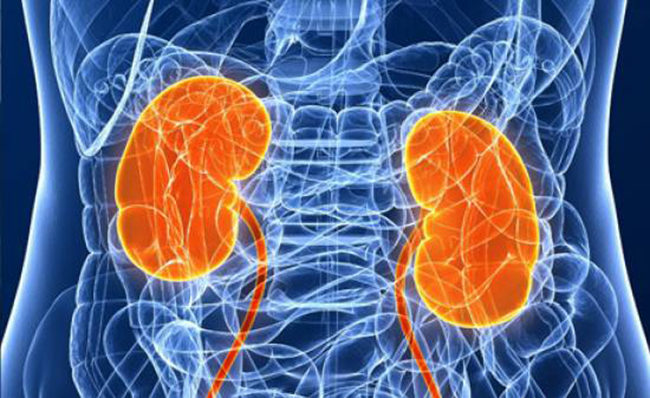
The causes of renal colic
Renal colic is a symptom of various diseases that are difficult to detect immediately. There are many causes of sudden pain in the lower back or belly, some of them are harbingers of serious diseases, which did not show themselves before the attack. Consider the most popular and common causes of renal colic.
- The main cause of renal colic is urolithiasis. Approximately 90% of all cases are associated with such diseases. This is due to the appearance in the kidneys or in the ureters of the stones that block the release of urine.
- Renal colic can appear with benign and malignant kidneys. Such a syndrome also accompanies the formation of tumors in the bladder and other small pelvis, provided that they overlap the ureter. Such organs include the uterus, rectum, prostate gland.
- One of the reasons for the appearance of renal colic may be a kidney injury that provokes the appearance of blood clots in the ureters, which also prevent the movement of urine.
- With various inflammatory processes in the uterus, renal colic may also suddenly appear. This is due to the fact that the uterus and kidneys are close to each other, and the infection is quickly transmitted from one site to another.
- Renal colic in women is often caused by a sharp course of cystitis.
- The main reasons for the appearance of renal colic include necrotic papillitis.
- Very often there are seizures of renal click in inflammatory processes in the kidneys, especially with pyelonephritis. This applies primarily to the purulent handicap of the disease, in which pus or mucus can clog the ureter.
- Sometimes renal colic can appear with a “wandering kidney” syndrome. This disease is also called nephroptosis or lowered by the kidney. The likelihood of pain attacks at the last stage of the disease is especially increasing.
- The cause of renal colic may be a stricture or narrowing of the ureter or urethra, in which there is also a violation of urine excretion and increased pressure in the renal pelvis.
- With a disease such as kidney tuberculosis, renal colic can also be observed. Most often, this disease affects the lungs, but there are cases of infectious infection of the kidneys.
- The appearance of renal colic may be associated with compression of the ureter, which can occur during surgery on the pelvic organs.

It is worth noting that in approximately 35% of cases of manifestation of renal colic, it is not possible to distinguish the cause of its appearance, and some of them are so serious that it is urgent to contact a medical institution, even if the pains quickly passed. This applies to benign and malignant tumors. In these cases, the urgent prescription of drugs for the treatment of renal colic is necessary.
The above causes are not a source of pain. In order for renal colic syndrome to appear, provoking factors must occur:
- The appearance of painful sensations can be facilitated by prolonged driving in transport, especially the car and train, when constant shaking occurs during movement.
- Taking drugs in the treatment of urolithiasis can also become a provocative factor in the appearance of renal colic.
- If you have one of the diseases indicated above, and you received a strong blow to the back, it can also cause acute renal colic.
- Sudden changes in the level of fluid used also cause renal colic. This applies to cases when the liquids began to drink much larger, and cases when the amount of fluid drunk per day was sharply reduced.
Symptoms of renal colic
It is important to consider that symptoms of renal colic are only conditional signs that can correspond to a variety of diseases. Similar symptoms are observed with an ectopic pregnancy, when twisting the cyst on the ovaries, with acute appendicitis, with kidney heart attack. That is why doctors strongly recommend that you immediately contact a medical institution for an accurate diagnosis and prescribe the treatment of renal colic or other disease, when detecting it.
The main signs of renal colic include the following:
- The most important symptom of the renal click is a sharp cutting pain, which occurs on the one hand on the side or throughout the lower back, and then spreads throughout the small basin and limbs. Pain has the nature of spasms and are unbearable. It is worth noting that the pain in renal colic is not released when the body position is changed. The pain can be so severe that sometimes a person may observe clouding of consciousness and severe weakness.
- Far urination is also one of the symptoms of renal colic. This is due to the fact that the stones can clog the ureters, interfering with the outflow of urine.
- One of the causes of renal colic is also the absence of urination. Most often, such a sign is observed with bilateral renal colic.
- Sometimes the symptoms include the presence of blood in the urine, which is a consequence of the presence of sufficiently large stones in the ureter or stones with sharp edges.
- During renal colic, nausea and vomiting can be observed.
- The causes of the attack include a decrease in blood pressure and the performance of cold sweat.
- With renal colic, changes from the cardiovascular system can sometimes be observed. Some may appear tachycardia, while others have bradycardia.
- The chills and pallor of the skin are also signs of renal colic.
- With renal colic, an increase in temperature is possible to 37 degrees and above.
- It should be borne in mind that the symptoms of renal colic in men and women have some differences. In women, signs of renal colic are often similar to the symptoms of various gynecological diseases. For example, when rupture of pipes, vomiting, nausea, a sharp decrease in pressure, chills are observed. Similar symptoms with renal colic in women are observed with radiculitis, neuralgia. In men, pain with renal colic has a slightly different character. When appearing in the lower back, pain spread forward and to the bottom of the abdomen, and after that it is concentrated on the external genital organs. Men experience the most severe pain on the penis head, which can spread to the crotch and anal area.
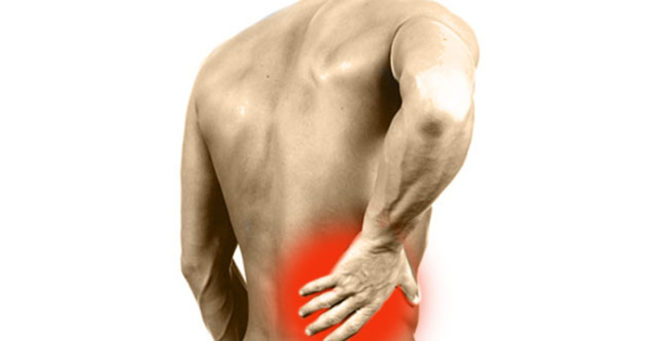
Diagnostics for renal colic
In order to start treatment of renal colic, it is important to correctly make a diagnosis. This is important, since there can be various serious diseases with exactly the same symptoms: acute appendicitis, pancreatitis, gynecological diseases, cystitis and cholecystitis, radicolite or stomach ulcer. Therefore, at the first painful fit, you must consult a doctor so that he makes an accurate diagnosis and begin the diagnosis of renal colic. Until this moment, you should not even think about how to remove the renal colic, since you can only harm. For example, with gynecological diseases with similar symptoms, heating of the back is contraindicated, and with renal colic, the heating pads are salvation.
Diagnostic measures for renal colic:
- First of all, the doctor conducts an oral history to establish a complete picture of all diseases and lifestyle. The doctor should know when there was an acute lower back pain, whether the pain was given to other parts of the body, what time it lasted. It is also important to indicate to the doctor whether such pains were previously, whether urinary disease had previously diagnosed. The specialist also needs to know whether there were previously kidney inflammation, injuries or tumors in the kidney area. Do not forget to inform the previously undergone operations, as well as about the quality of the nutrition, the amount of liquid used.
- Next, an examination with a urologist must undergo. In his process, the doctor performs palpation of the abdomen. In this case, it is possible to identify pain in the ureter. The urologist also performs palpation of the kidneys, due to which they can identify their increase, inflammation and pain. It is also possible to bow down to the lower back - with renal colic, there can be reinforcements of pain.
- At the next stage, the doctor carefully studies the patient’s tests. A blood test shows the amount of leukocytes for determining inflammation, as well as the presence of urea and creatinine in the blood. Analysis of urine can show the presence of red blood cells in the urine, and this can indicate what to do with renal colic.
- The most effective diagnostic event is an ultrasound, which helps to see the presence of stones in the kidneys and urethra, changes in tissues and the expansion of the urinary system.
- To diagnose renal colic, the doctor can conduct excretory urography. In the process of it, a contrasting liquid is introduced into the vein, which highlights the urinary channels on the X -ray. If there is an obstacle somewhere, the substance does not further spread and this can be seen on the screen.
- MRI and CT are also very effective ways to diagnose renal colic. With their help, you can study the kidneys, ureters, and the bladder in detail.
- Sometimes a consultation and inspection of the surgeon may be needed.
- If the renal colic is diagnosed in a woman, then an examination is needed by a gynecologist.
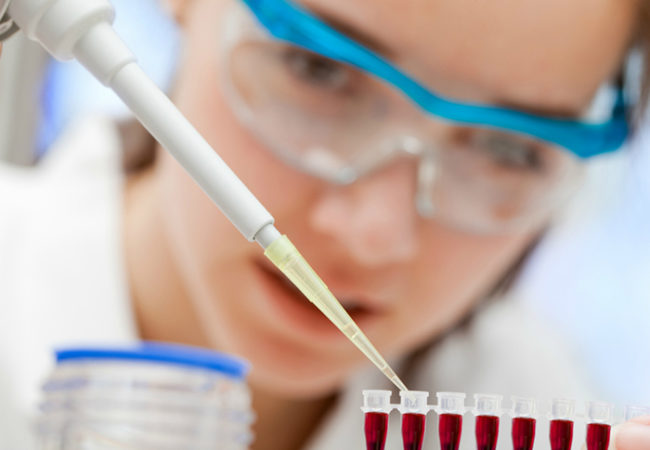
Features of renal colic in children
Children can also suffer from renal colic, especially for school -age children.
- Symptoms of renal colic in children are severe pain in the navel, which causes anxiety and tears in the child.
- Most often, the pain has the character of spasm, while the attack lasts for 20 minutes.
- In children with renal colic, severe vomiting and nausea appear, body temperature increases significantly.
- If the attack appeared for the first time, it is necessary to immediately call an ambulance.
- With the diagnosis before the ambulance, you can intravenously and intramuscularly give an antispasmodic and analgesic agent - a reelgin.
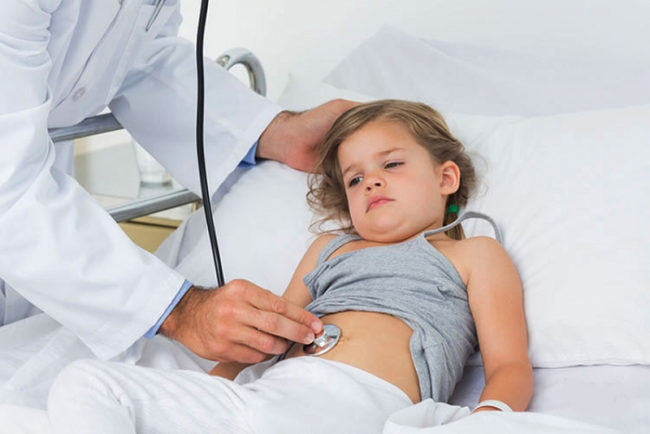
Features of renal colic during pregnancy
Pregnant women are at risk for various kidneys, this also applies to renal colic. The condition of the kidneys is regularly controlled by the therapist, once every two weeks it is necessary to take urine in order to see negative changes in time.
- During pregnancy, renal colic most often appears on the right side.
- Typically, the risk of sudden renal colic increases after 20 weeks, since the constantly increasing fruit begins to squeeze the ureter.
- In a pregnant woman, the appearance of renal colic is provoked by the deviation of the uterus to the side, as well as squeezing the uterus of the urinary system.
- The cause of renal colic in pregnant women is an increase in hormones that provoke relaxation of the ureter and stagnation of urine in the kidneys.
- If an attack suddenly appeared, it is important to immediately call an ambulance. To facilitate a painful sensation, you can kneel and rest your elbows, so the uterus deviates and ceases to squeeze the ureter.
- Before the arrival arrival, it is better not to give any drugs with renal colic so as not to harm the child.
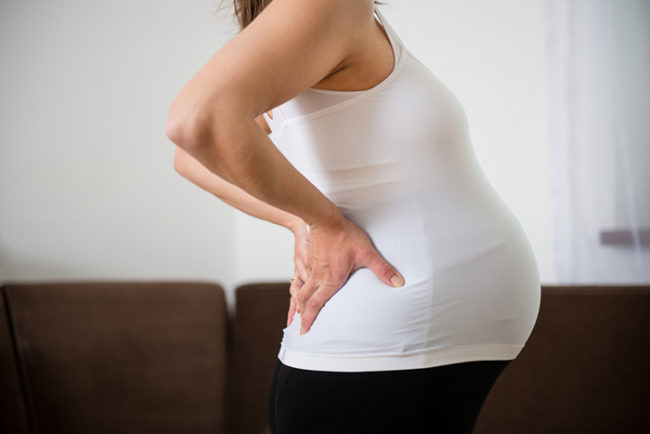
Providing first aid for renal colic
As noted earlier, renal colic is a rather serious symptom, with the manifestation of which it is immediately necessary to call an ambulance. Until they arrive, you can slightly alleviate the patient's condition, but this must be done very carefully with the exact idea that you suffer from renal colic.
- First of all, it is important for the patient to provide a warm heating pad or hot bath. If we are talking about a hot bath, you must be in a sitting position. The heating pad is applied in the kidney area or clamped in the crotch. However, there are many restrictions in this method. A hot bath is contraindicated for people with cardiovascular diseases, with nervous disorders, women who can diagnose pregnancy.
- You can give antispasmodics, however, it is not recommended to give painkillers, such as baralgin or ketorol with renal click. After taking such drugs, it is possible to distort the picture of the attack, which complicates the diagnosis of colic.
- Before the ambulance arrives, you can give the patient to drink a liquid that expands the ureter and provokes the excretion of the stone. At the same time, it is necessary to urinate in a separate container so that the doctor can further examine the urine for the presence of stones.
- The necessary injections for renal colic to stop the attack are prescribed only by a doctor.
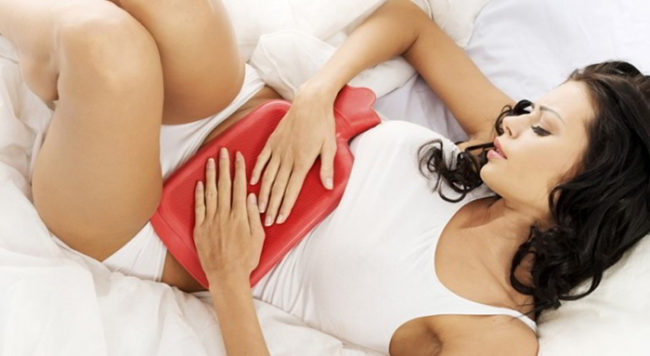
Treatment of renal colic with medical drugs
After renal colic, it is important to urgently conduct a full examination to confirm the diagnosis, the doctor prescribes a treatment that will correspond to the etiology of the disease. Most often, these symptoms are manifested in urolithiasis, so it is important to adhere to a certain treatment regimen.
- First of all, preparations are prescribed that will contribute to the rapid exit of stones.
- When an attack appears, it is important to immediately take a hot bath or attach a heating pad to the lower back.
- Next, it is necessary to take antispasmodic preparations that not only stop pain, but also expand the urethra.
- A prescribes a doctor and alpha blockers for relaxing the walls of the ureter, as well as anti-inflammatory drugs that help relieve swelling.
- This treatment approximately lasts 2-3 days, during which the stone most often leaves the body.
- If, after this period, the stones have not disappeared anywhere, the doctor prescribes another treatment - remote lithotripsy, during which stones are destroyed with the help of a laser and without problems are removed from the human body.
- If you do not diagnose urolithiasis, you can not self -medicate, but you need to urgently consult a doctor for treatment.
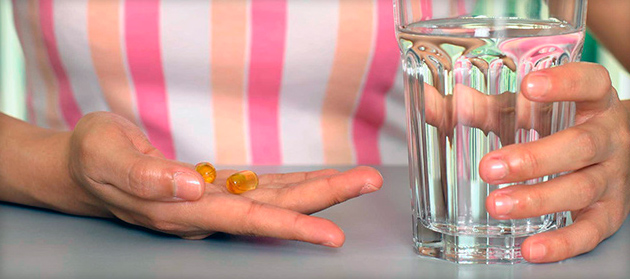
Treatment of renal colic with folk remedies
It is impossible to cure renal colic with folk remedies. With the help of such medicine, you can prevent the appearance of sudden attacks. This is especially true of cases when the diagnosis of urolithiasis is confirmed. To prevent the appearance of renal colic, ordinary onions and carrots can be used.
- You can cook freshly squeezed carrot juice or grate the vegetable. And after each meal, eat about 200 grams or ml.
- It is necessary to squeeze the juice from the bow and mix it with honey. Then take 1 tsp. 20 minutes before each meal.
- The infusion of herbs as sage, chamomile, golden -powered man can also help. Each grass needs to take one teaspoon and pour everything with a glass of boiling water. The solution should be infused for about a day, after which it must be taken for 1 tsp. Every 2-3 hours.
Prevention of renal colic
Prevention of the appearance of renal colic must be carried out strictly after consulting a doctor, since some products and measures can only aggravate the state of health.
- First of all, it is necessary to develop for the norm to drink at least 2.5 liters of water.
- It is important to constantly adhere to a diet with renal colic, where under a strict prohibition, salt consumption, as well as excessively fatty and smoked foods. Of the recommended products, it is worth paying attention to cranberries and lingonberries, a decoction of rosehips, meat and poultry, porridge and bread.
- If possible, it is best to completely remove salt from the diet, which can provoke the formation of stones.
- You must not allow overheating of the body.
- For prevention, you can use special urological collections of herbs, but only after consulting a doctor.
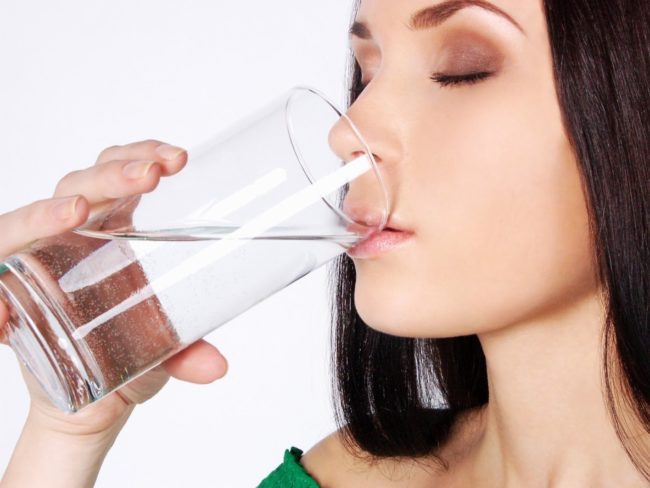
Each of us first of all must independently monitor our health and instantly respond to the slightest changes. Renal colic is a signal to the fact that your body has problems related to the kidneys. Therefore, it is important to immediately consult a doctor to establish a diagnosis and prescribe treatment.









Comments
a couple of years ago, there was no side of metrogils from the same problem, there were no side effects ...
I’m not a fan of peeling at all, it saves from acne of metrogil, it also smoothes it ...
Great article! ...
I take the second course of the Capsules Climafite 911. The tides went very quickly. It became calmer, irritability went away and I sleep well ...
i also noticed - it is worth nervous, everything immediately affects the face. Therefore, I try to avoid conflicts and unpleasant people. Of the creams, I like Miaflow from wrinkles - smoothes not only small wrinkles ...